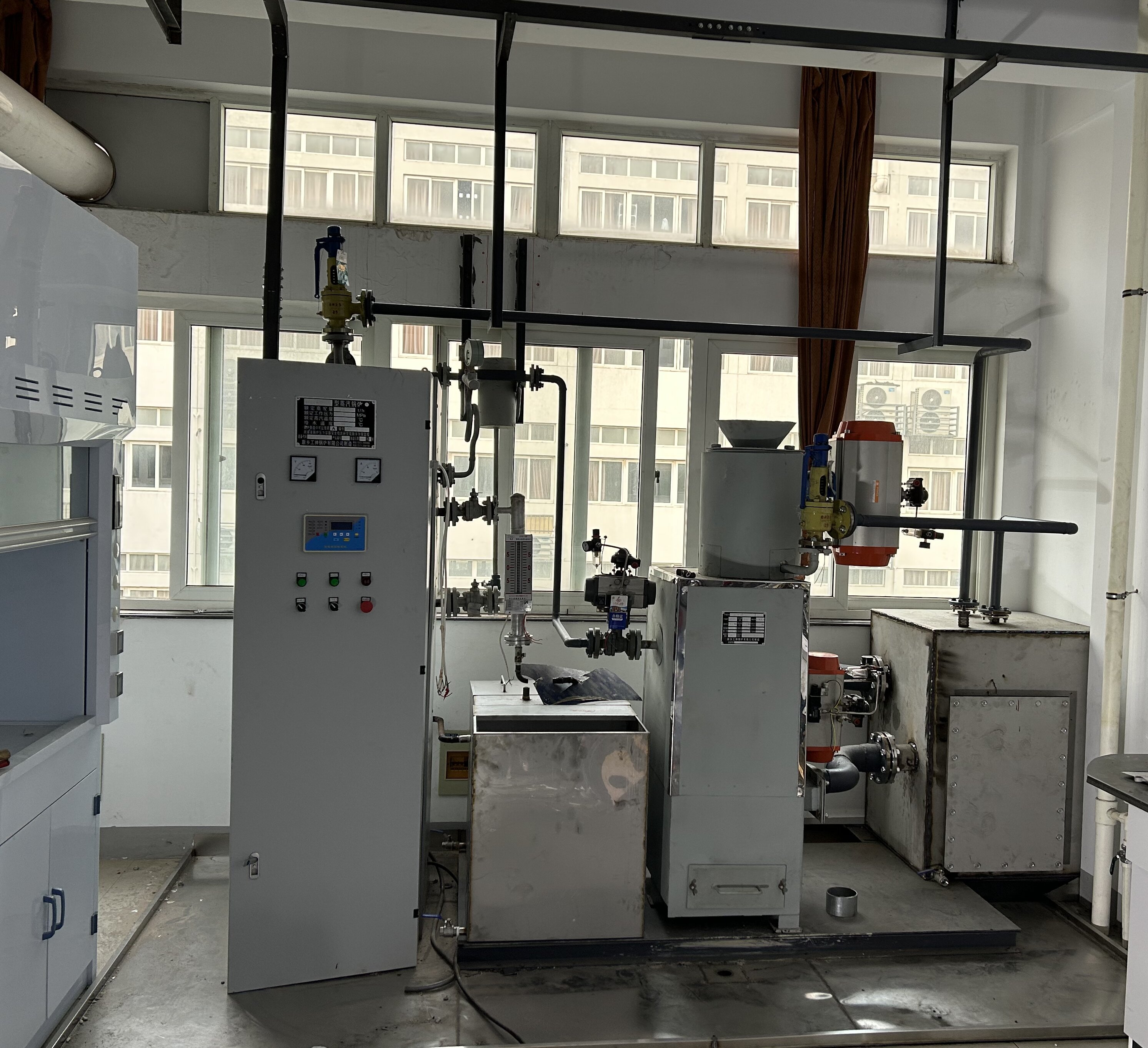
Q Series Waste Heat Boiler System Product Description:
Utilizes process waste heat from production to generate steam, enabling enterprises to conserve energy, reduce consumption, and improve efficiency.
The Q series waste heat boiler features a compact structure, good sealing, no environmental pollution, low system resistance, convenient operation, and reliable safety, ensuring the full recovery of waste heat.
Waste heat boilers can be designed and manufactured according to the user's process parameters.
Keywords:
Q Series Waste Heat Boiler

Q Series Waste Heat Boiler
Using process waste heat from production to generate steam can help enterprises save energy and reduce consumption, thus improving efficiency.
Contact Us
Product Classification
Related Products
Complete Set of Equipment for Gas Explosion
The GS-QBG microcomputer-controlled gas explosion straw feed equipment is a new generation of products designed by our company in conjunction with research institutions such as China Agricultural University and Xi'an Jiaotong University, targeting the characteristics of various plant straws and using intelligent optimized special processes.
Air cannons are specialized devices used to prevent and eliminate material arching, bin blockage, wall adhesion, and retention in various types of bins, hoppers, and pipe branches. They are suitable for various cylindrical bins, hoppers, pipes, and flat-bottomed piles made of steel, concrete, and other materials.
Circulating Fluidized Bed Boiler
A series of efficient, energy-saving, and low-pollution boiler products designed using the circulating fluidized bed combustion theory, suitable for Chinese coal types, meeting market demands, and complying with national environmental protection policies.
Incineration power generation boiler: The general furnace temperature is controlled above 850℃. After incineration, the volume can be reduced by 50-80%, and the volume of combustible waste collected after incineration can even be reduced by 90%. Combining incineration with high-temperature (1650-1800℃) thermal decomposition and melting treatment can further reduce the volume.





